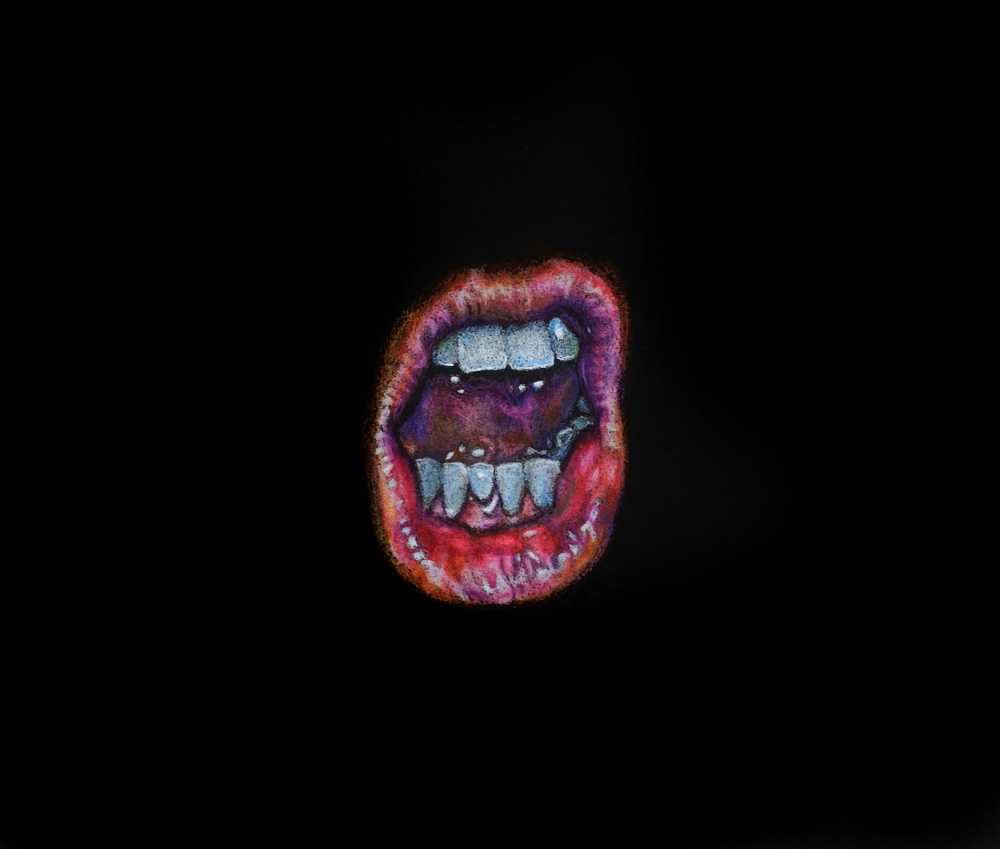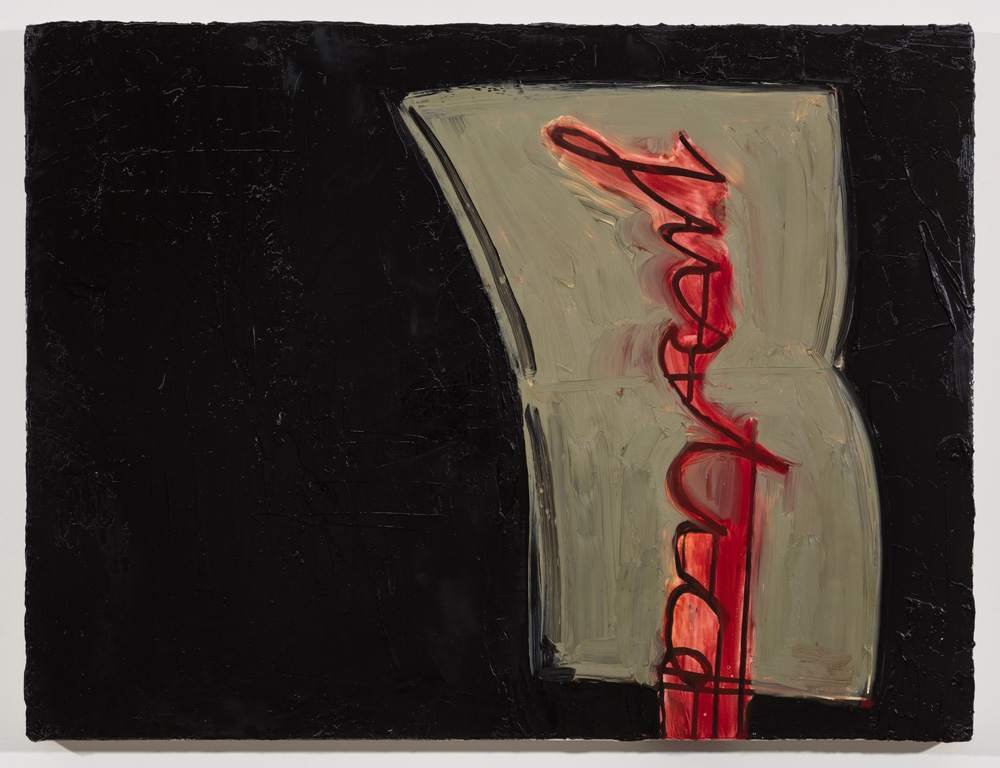
F213
April 13, 2019 -May 11, 2019
Arc Gallery, 1246 Folsom St.
San Francisco
Opening Reception: Saturday, April 13, 2019
7-10 p.m.
F213:
ARTISTS PROVIDE THE IMAGERY. WRITERS RESPOND.
TOGETHER OUR VOICES WILL BE HEARD.
Women are rising. In unprecedented numbers and with ever-increasing volume, women are taking their outrage to the streets, to the press, and to the ballot box. As more and more women are openly voicing their fury about state-sanctioned abuses of power, the exhibition F213 spotlights strong and bold artistic expressions of feminist protest.
F213 is short for Fahrenheit 213, one degree above the boiling point of blood. This powerful exhibition by Northern California Women’s Caucus for Art (NCWCA) brings together over 40 national and Bay Area feminist artists who are, in a unique twist, paired with more than 40 writers who are incensed about the current misogyny, discrimination, and loss of hard-won civil rights in the United States, such as reproductive choice, freedom from unlawful detention, protection from police brutality, safety from gun violence, and more.
Curated by NCWCA’s feminist curatorial collective led by Tanya Augsburg, Ph.D., Professor of Humanities and Liberal Studies, San Francisco State University, F213 brings together a diverse and inclusive mix of multicultural, intersectional, multigenerational feminist artists and writers to express their concerns and offer insights to remedy current injustices and atrocities. Co-curator include Karen Gutfreund, Priscilla Otani, and Sawyer Rose.
Augsburg says, “While we remain hopeful, we reject ‘thoughts and prayers’ as adequate responses to the corruption, cruelty, and discrimination we now experience daily in the U.S. Women, in particular, are past the boiling point and wish to make their voices heard. Artistic expression is our way forward toward social justice.”

Viewers will see:
Kate Kretz’s drawing titled Lie Hole, that addresses the “blustering, bragging, …[and] ignorance” in politics today:
“Creating the Lie Hole series of drawings helped me retain my sanity through 2017. I would not normally be interested in making work that is so nailed down to a specific person, but, this time, I couldn’t help myself. I was compelled to draw our new leader’s mouth: swollen with self-importance, and hyper-articulated in 12 different ways. An orifice, disembodied… from truth, from decency, from potential consequences. A slimy, aggressive tongue that has forced open countless lips, slithering out of a throat that reeks from decades of undigested beef. A blustering, bragging hole, spouting ignorance, inciting violence, spinning cons, and debasing our country.”
A written response from Maria Elena Buszek:
Kate Kretz has spoken of her creative process as “exorcism through creation,” and few works in her oeuvre reflect this better than her Lie Hole series. While Kretz has taken on the visage of our 45th president before, these stripped-down, but instantly recognizable drawings of only his mouth—distorted into the made-for-TV scowls, snarls, and shouts one recognizes from his every media appearance—have the powerful effect of isolating and disempowering the messages they convey. Floating in a void like the spluttering, raging mouth on stage in Samuel Beckett’s play Not I, Kretz too presents what Beckett called “an organ of emission, without intellect.”
Kretz’s work focuses on “telling difficult truths” and has been widely shown and published internationally. Buszek is a scholar, critic, curator, and the author of Pin-Up Grrrls: Feminism, Sexuality, Popular Culture.

Indira Cesarine’s neon sculpture titled, EQUAL MEANS EQUAL,” emphasizes the “importance of equal rights for all humans, regardless of gender.” Empowering feminist themes are often a point of departure for Cesarine’s multi-sensory series, which challenge the status quo and shed light on oppressive narratives. “This is a crucial time in history to stand up against discrimination, sexism and abuse of power. We must fight for our future. My neon light sculpture, EQUAL MEANS EQUAL, created in 2018, emphasizes the importance of equal rights for all humans, regardless of gender, which should be guaranteed in our constitution. Enough is enough. It is time for discrimination and the abuse of power to end.”
Susan Kirschbaum offers a response to her work in the form of a poem, an excerpt below:
To
Fuck
Men in pink ceased to be seen
As virile; confident; worthy of male
A solicitous shade,
Mixing red and white,
The whore and the virgin,
Yet,
His arrow points upwards…

Cesarine is an artist, publisher, curator, and the owner of The Untitled Space gallery in NYC. Susan Kirschbaum is an author; poet; and former journalist whose articles have been published in myriad publications including the New York Times. Her debut satirical novel Who Town — about five ‘it kids’/media darlings — has become a local cult hit. She is now developing it for television. Kirschbaum has hosted and curated storytelling salons. She was selected to perform her poetry in a program called “The Poetry Experiment: the Future is Female” at La Mama Theatre in 2017.

Mira Schor’s painting titled Justice Bleeding Out, that depicts “spiritual and political darkness” and the loss of freedom, with a commentary from Peggy Phelan:

Japanese American artist Judy Shintani’s weathered American flag Pledge Allegiance created with wood from the Tule Lake Segregation Camp where her family was incarcerated draws “parallels to current injustices.”
“I am an interdisciplinary artist exploring the intersections of culture and history through making installations and assemblages. Top of mind to me is how the past repeats itself. I am connected to a collective of those who have experienced trauma by being “the other” throughout history and into present time. My art making allows me to explore different shades of humanity, creating contemplative work for the public to experience, learn, and dialog about American history that is often not discussed.
This weathered American flag is created from remains of a dilapidated barrack, gathered with my father during a pilgrimage to the Tule Lake Segregation Camp. How did my grandparents and father and siblings survive imprisonment and then come out into a world that did not want them to move back to their home and livelihood in the Pacific Northwest?
As a descendant of an incarceree I was raised to not make waves, to be unseen, and a model American citizen who could never escape her appearance. It is my mission to illuminate this discrimination from 76 years ago and to see the parallels to what is happening today to Muslims, Mexicans, African Americans, immigrants, and refugees in America.”
Her sculpture is accompanied by written text from Emily Sano:
“Shintani’s flag of barbed wire and desiccated wood, made from scraps gathered at the former Tule Lake Internment Camp, reminds me of Poston, AZ, where my family was interned during WWII. The U.S. forcibly removed 160,000 people from their homes and property and confined them for several years in remote desolation. Yet, these Japanese-Americans endured their losses by building community gardens, sports teams, scout troops and schools, and even sent volunteers to fight with American troops in Europe. Generations later, as the internees integrated back into society, America has recognized the internment was shameful and wrong. This flag is more than a reminder of a tarnished historical event. In a climate of social division, intolerance, violence and hate, it warns us that the unthinkable can happen again. Will those who promote fair play, racial equality, free speech, and ethical behavior become a marginalized group for whom our symbol of national unity feels like iron barbs in their skin and dust in their mouths? Shintani’s flag protests those separatist leanings that undermine our sacred American values.”
Shintani’s powerful work focuses on “remembrance, connection, and storytelling” to give voice to important social issues. Now a senior advisor at the San Antonio Museum of Art, Sano previously served as director of the Asian Art Museum of San Francisco.
Note: All quoted text above is from each artist’s statement submitted for F213 or on their website.
F213 runs from April 13, 2019 until May 11, 2019 at Arc Gallery, 1246 Folsom St., San Francisco. Organized by the Northern California Women’s Caucus for Art (NCWCA), a nonprofit, the opening reception takes place from 7-10 p.m. Saturday, April 13, 2019.
Exhibition hours are Wednesdays and Thursdays from 1 p.m. to 6 p.m., Saturdays from 12 p.m. to 3 p.m., or by appointment.
Arc Gallery Exhibition Hours
1246 Folsom St. (between 8th and 9th Streets.), San Francisco 94103
Wed. & Thurs. from 1-6 p.m.
Sat. from 12-3 p.m. and by appointment
Programs (Note: Exhibit and event admission is free.)
Opening Reception: Saturday, April 13, 2019, 7-10 p.m.
At Arc Gallery, 1246 Folsom Street, San Francisco, CA
Closing Artists’ Reception: Saturday, May 11, 2019, 1-3 p.m.
At Arc Gallery, 1246 Folsom St., San Francisco, CA.
Curators
Tanya Augsburg, Ph.D., Professor of Humanities and Liberal Studies, San Francisco State University, lead curator
Karen Gutfreund, co-curator, independent curator/artist
Priscilla Otani, co-curator, owner, Arc Gallery, San Francisco
Sawyer Rose, co-curator, activist artist
Participating Artists
Amy Ahlstrom, Salma Arastu, Micah Bazant, Lorraine Bonner, Sheila Pree Bright, Della Calfee, Indira Cesarine, Lenore Chinn, Parker Day, Justyne Fischer, Karen Gutfreund, Kelly Hammargren, Trudi C. Hauptman, Ester Hernandez, Nancy Hom, Judy Johnson-Williams, Kay Kang, Jennifer Kim Sohn, Kate Kretz, Karen LeCocq, Kristine Mays, Rosemary Meza-DesPlas, Geri Montano, Patricia Montgomery, Laura Murray, Aqsa Naveed, Brenda Oelbaum, Priscilla Otani, Favianna Rodriguez, Sawyer Rose, Sheree Rose, Rachel Sager, Kadie Salfi, Gigi Salij, Linda Friedman Schmidt, Mira Schor, Judy Shintani, Sarupa Sidaarth, Colette Standish, Samanta Tello, Sandra Yagi
Participating Writers
Melinda Alexander, Lauren Araiza, Chimine Arfuso, Natasha Boas, Lorraine Bonner, Kate Braverman, Maria Elena Buszek, Sandy Butler, Sandra Cisneros, Meriwether Clarke, Daniel Coleman Chavez, Burcu Doleneken, Sally Edelstein, Audrey Ferber, Rebecca Morgan Frank, Sharon Gelman, Erica Goss, Susan Kirschbaum, Petra Kuppers, Berette Macaulay, Anna Mantzaris, Khadijah O. Miller, Tyler Mills, Janice Mirikitani, Jessica Hendry Nelson, Christine No, Peggy Phelan, Shannon Rose Riley, Emily Sano, Mira Schor, Helene Smith-Romer, Bridget Wagner, Genanne Walsh, Tanya Wilkinson, Maw Shein Win, Nellie Wong, Brianna Wu, Ani Zonneveld


